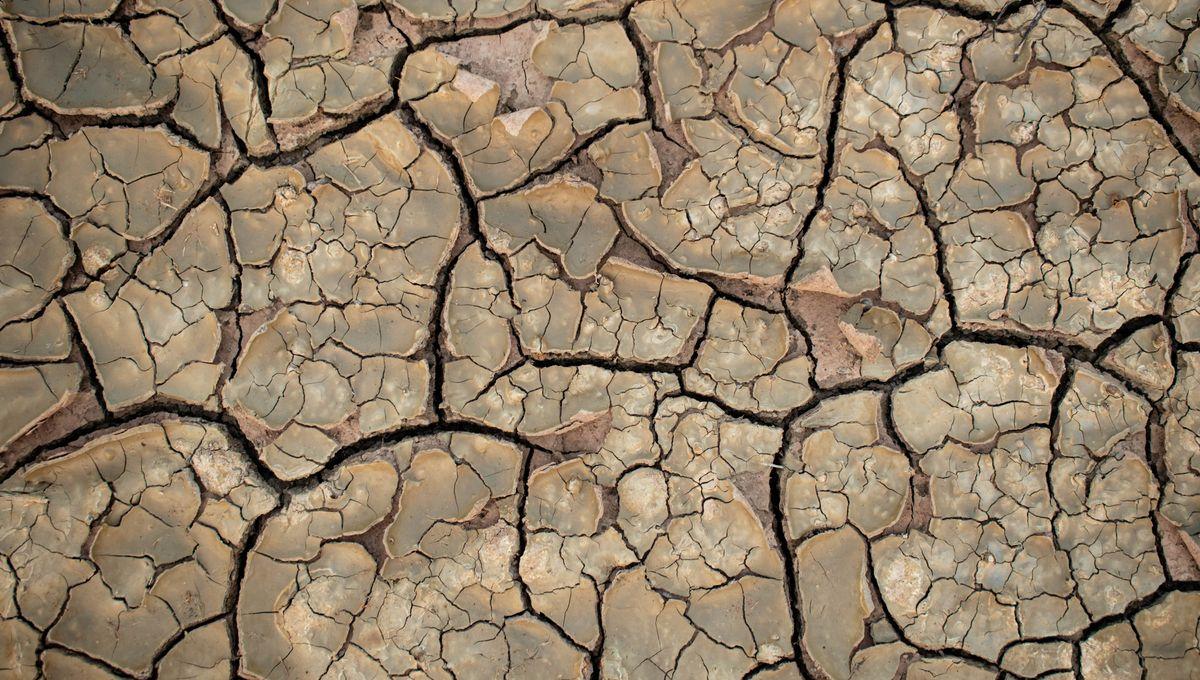-
Fil d’actualités
- EXPLORER
-
Pages
-
Blogs
-
Forums
Southwestern US Has Been Experiencing Prolonged Droughts Since The 1980s, And Now We Know Why

Southwestern US Has Been Experiencing Prolonged Droughts Since The 1980s, And Now We Know Why
For around four decades, the southwestern United States has been experiencing prolonged drought, but it’s never been exactly clear why. Now, researchers at Cornell University have identified the likely causes for this extreme water shortage and it has everything to do with climate change and human activity.
The Southwest is generally a semi-arid region with a Mediterranean climate that tends to experience rainfall during the winter and spring months, between December and May each year. The summers in this region are hot and dry at the best of times, but for several decades, the increased demand for freshwater from the growing population, as well as local agriculture and industry, has put a strain on the water supply. This has often resulted in drought conditions. However, since around the 1980s, the Southwest has also shifted into a drier climate more generally, resulting in less annual rainfall, hotter summers, and, ultimately, prolonged droughts. Why was this the case? It was originally believed that La Niña-like conditions were responsible for this situation. This is a natural climate pattern consisting of cooler-than-average sea surface temperatures in the Pacific, which pushes the jet stream northward, resulting in droughts in the southern US. However, the new research shows that even if El Niño-like conditions – warmer than average temperatures in the Pacific that result in shifting the jet stream south – had prevailed instead, the Southwest would not have had an increase in rainfall. “In our models, if we see a warming trend in the tropical Pacific, we would expect more precipitation in the Southwestern United States, but that’s not the case here,” Yan-Ning Kuo, a PhD researcher at Cornell University, told the Cornell Chronicle. “On top of the El Niño and La Niña sea surface temperature trends, there’s a uniform warming trend because of historical climate change, as well as emissions from anthropogenic aerosols, that both create a certain circulation pattern over the North Pacific. Those two factors prevent the precipitation for the Southwestern U.S. from increasing, even under El Niño-like trends.” This is the first study to isolate the variables of human-caused climate change and air pollution, and to demonstrate how they directly impact precipitation in the Southwest. Unfortunately, the results suggest that drought conditions will likely continue as the planet continues to warm. “What we find is that precipitation is more directly influenced by climate change than we previously thought, and precipitation is pretty sensitive to these external influences that are caused by humans,” Assistant Professor Flavio Lehner added. Climate change and aerosols appear to play a bigger role in contributing to regional weather in the tropical Pacific than was previously assumed. On the one hand, this result may shift again in the future as the concentration of aerosols, especially those from vehicle and industrial emissions, drops due to the introduction of better air quality regulations in China and other East Asian countries. However, continued wider climate change may offset these improvements. The team was able to identify the role of climate change and aerosols by avoiding prevailing climate models that have not been able to accurately capture sea surface temperatures seen in real-time. Instead, they created their own simulations that used data from satellites and a statistical model to assess each contributing factor. This approach offers a new way to address questions about climate change and its impacts on weather patterns while also providing specific insights into the current situation in the Southwest, which is valuable for water managers and stakeholders planning for the future. The study is published in Nature Geoscience.


